Regional Characteristics and Flavor Differences of Matcha
Japanese Matcha Production Regions and Their Unique Characteristics
Matcha enthusiasts, have you been thinking that “matcha is just matcha”? Did you know that flavor, color, and aroma differ significantly depending on the production region? In Japanese matcha culture, choosing the right production region is a crucial element that affects taste.
Uji in Kyoto, Nishio in Aichi, Shizuoka, Kagoshima, Saga, and other historic matcha production regions are scattered throughout Japan. The differences in climate, soil, cultivation methods, and production techniques of each area give matcha its unique characteristics.
Uji Matcha – Classic Depth and Sweetness
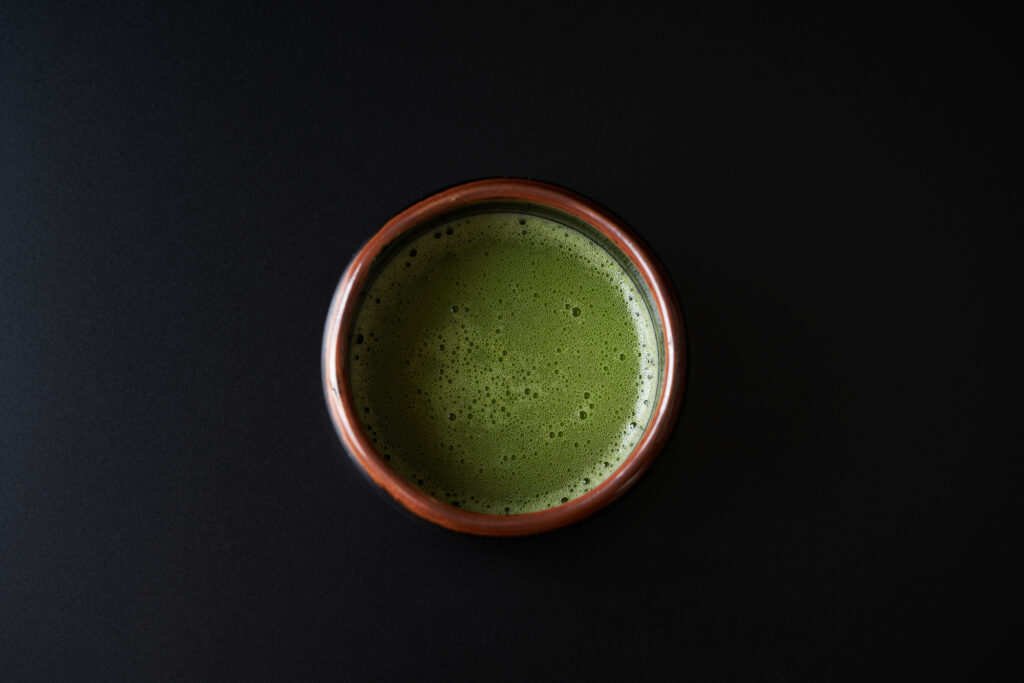
“Uji,” located in the southern part of Kyoto Prefecture, is Japan’s most representative matcha production region. With over 800 years of tea cultivation history, it is so renowned that the term “matcha” is often synonymous with “Uji matcha.”
Uji matcha is characterized by its rich umami, elegant sweetness, and abundant aroma. The temperature differences between morning and evening in the basin surrounded by mountains and mist accumulate theanine, which contributes to the umami flavor in the tea leaves. Uji matcha also features fine particles and a vibrant green color. The lingering aftertaste that spreads after drinking is another charm unique to Uji matcha.
Nishio Matcha – Refreshing Aroma and Vibrant Color
Nishio City in Aichi Prefecture is a major matcha production area boasting the highest production volume in Japan. The flat terrain, mild climate, abundant water from the Yahagi River, and fertile soil enable the production of high-quality matcha.
Nishio matcha is characterized by its refreshing aroma and vibrant green color. Compared to Uji matcha, it has a milder bitterness and a clean aftertaste. In recent years, it has been highly regarded as matcha for sweets due to these characteristics and has strong support from confectionery manufacturers.
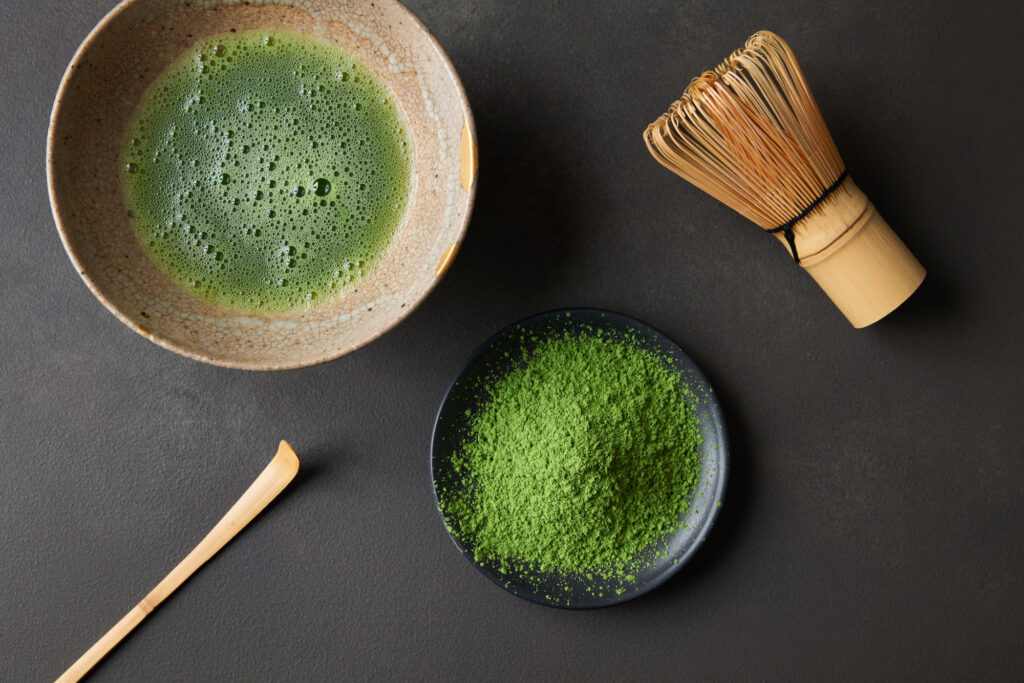
In fact, according to a survey by Japanese tea instructors, over 90% of enthusiasts can distinguish the flavor differences between matcha from different regions, even when using the same variety and grade. When choosing matcha, selecting a region based on purpose and preference allows for a deeper matcha experience.
The Three Major Matcha Production Regions of Japan: Characteristics and History of Uji, Nishio, and Shizuoka
Japan’s Three Sacred Matcha Regions: Uji, Nishio, and Shizuoka
When discussing Japanese matcha culture, the three major production regions of “Uji,” “Nishio,” and “Shizuoka” are essential. Each region produces matcha with unique characteristics due to differences in climate, soil, and production methods.
Kyoto’s Uji: Deep Umami and Aroma of the Classic
Uji matcha is globally recognized as Japan’s finest premium product. It has a history of tea cultivation dating back to the Heian period, beginning when Zen monk Eisai brought tea seeds from China over 800 years ago.
Uji’s characteristics lie in its mountain mist, abundant water, and temperature differences between day and night. This environment allows tea leaves to accumulate theanine, the umami component, creating the deep umami and aroma unique to matcha. Uji matcha is often used as “koicha” (thick tea) and is characterized by its deep green color, sweet aroma, and elegant bitterness.
Aichi’s Nishio: Smooth Sweetness and Vibrant Color
Nishio has flourished as a matcha production region since the Edo period and currently boasts Japan’s largest matcha production volume. The connection between the region and matcha is so strong that “Nishio City Matcha Day” (August 1) has been established.
Nishio matcha is characterized by its smooth sweetness and vibrant color. Tea leaves grown on flat land have longer sun exposure and higher catechin content. The clay soil of the Nishi-Mikawa region and mild climate produce matcha with a balanced sweetness and richness. According to a 2022 survey, Nishio City accounts for about 20% of the national matcha production.
Shizuoka: Refreshing Aroma and Abundant Production
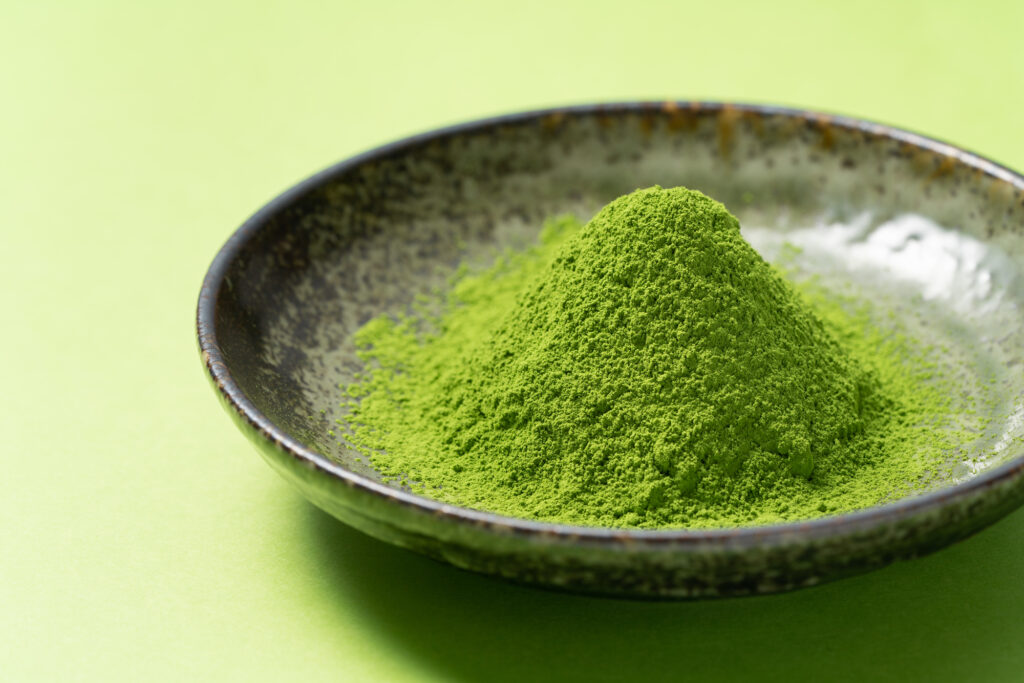
Shizuoka is known as Japan’s largest tea production region and holds an important position in matcha production as well. Matcha produced in the Kakegawa and Makinohara areas, in particular, is highly regarded.
Shizuoka matcha is characterized by its refreshing aroma and clean flavor. The mild climate and abundant sunshine nurture tea leaves rich in catechins with a vibrant green color. Matcha made from the “Yabukita” variety is especially known for its balanced taste and is considered approachable for beginners. According to data from the Japan Tea Industry Central Association, Shizuoka Prefecture accounts for about 40% of total tea production, and the production of tencha (raw material for matcha) is also thriving.
The differences in matcha taste by region create a profound world born from variations in soil, climate, and production methods. Next, let’s look at the key points when actually tasting matcha from each region.
Flavor Differences in Matcha by Region: The Influence of Soil, Climate, and Cultivation Methods
Soil and Climate: The Environment that Nurtures Matcha’s Character
The flavor of matcha varies greatly by region, but this is not simply a regional difference. It can be described as an art created by the trinity of soil, climate, and cultivation methods. Soil composition, in particular, has a decisive impact on the taste of matcha. The rich umami of Uji matcha is nurtured by the clay soil containing nutrients flowing from Lake Biwa. Meanwhile, the refreshing sweetness characteristic of Nishio matcha comes from the sandy soil and sea breeze from Mikawa Bay.
Climate Conditions and Matcha Flavor Profiles
Climate conditions in each production region also affect the taste of matcha. Kyoto’s Uji area is prone to morning mist, which moderately protects the tea leaves from sunlight and promotes amino acid production. This becomes the source of the deep umami and sweetness unique to Uji matcha. On the other hand, Shizuoka matcha is characterized by its refreshing aroma and light mouthfeel due to the mild climate and adequate rainfall.
Interestingly, research shows that even with the same tea plant variety, the theanine content can vary by up to 30% depending on the production region. This theanine is an umami component of matcha and is greatly influenced by the mineral balance of the soil and climate conditions.
Regional Differences in Traditional Cultivation Methods
Differences in cultivation methods are also noteworthy. Tea farmers in Kyoto tend to take longer “covering” periods for tea leaves to pursue a richer taste. In Nishio City, Aichi Prefecture, they use a unique covering method called “honsu-kake,” emphasizing the balance of smoothness and sweetness.
Comparison of Regional Characteristics
- Kyoto’s Uji: Deep umami and sweetness with complex aroma due to clay soil and morning mist
- Aichi’s Nishio: Refreshing sweetness and smoothness due to sandy soil and sea breeze
- Shizuoka: Vibrant green color and refreshing aroma due to mild climate
- Kagoshima: Unique strength and rich aroma due to volcanic ash soil
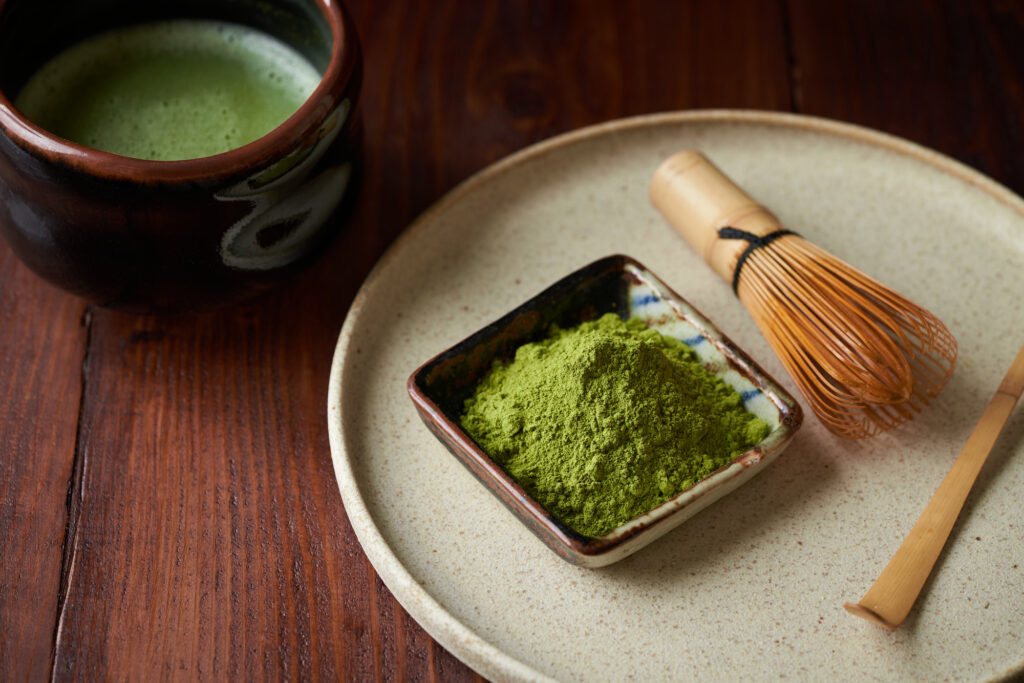
Understanding these regional differences will expand your matcha selection range and increase the enjoyment of finding the optimal product for each purpose.
The Appeal of Uji Matcha: Why It Is Globally Valued as Premium Matcha
Natural Environment and History Supporting Uji Matcha Quality
The reason Uji matcha is valued worldwide as premium matcha lies in its unique natural environment and over 800 years of tea cultivation history. Located in the southern part of Kyoto Prefecture, Uji is surrounded by mountains where morning mist envelops the tea fields, protecting the tea leaves from strong midday sunlight. This “gyokuro effect” caused by the mist is a factor that creates smooth sweetness and deep umami while suppressing bitterness.
Additionally, the soil containing quality minerals supplied from the abundant water source of the Uji River provides an ideal environment for cultivating high-quality tea leaves. According to a survey by the Japan Tea Fair Trade Council, Uji matcha accounts for about 30% of Japan’s total matcha production, but it holds about a 70% share in the premium matcha market.
Uji Matcha’s Unique Flavor Profile
The greatest characteristic of Uji matcha lies in its complex yet harmonious flavor profile.
- Aroma: High floral notes and deep sweetness
- Taste: Balance of smooth sweetness and rich umami
- Aftertaste: Long-lasting finish and pleasant astringency
Particularly, Uji matcha made from premium varieties such as “Samidori” and “Gokou” is highly regarded by tea ceremony practitioners for its complex flavor. At the 2019 International Tea Competition, Uji matcha won the gold prize, internationally recognizing its outstanding quality.
Strict Production Methods and Quality Control
Another element supporting Uji matcha’s global evaluation is its traditional and strict production methods and quality control. “Covered cultivation,” where tea fields are covered for 20-30 days before harvesting, increases the amino acid content in the tea leaves, enhancing umami.
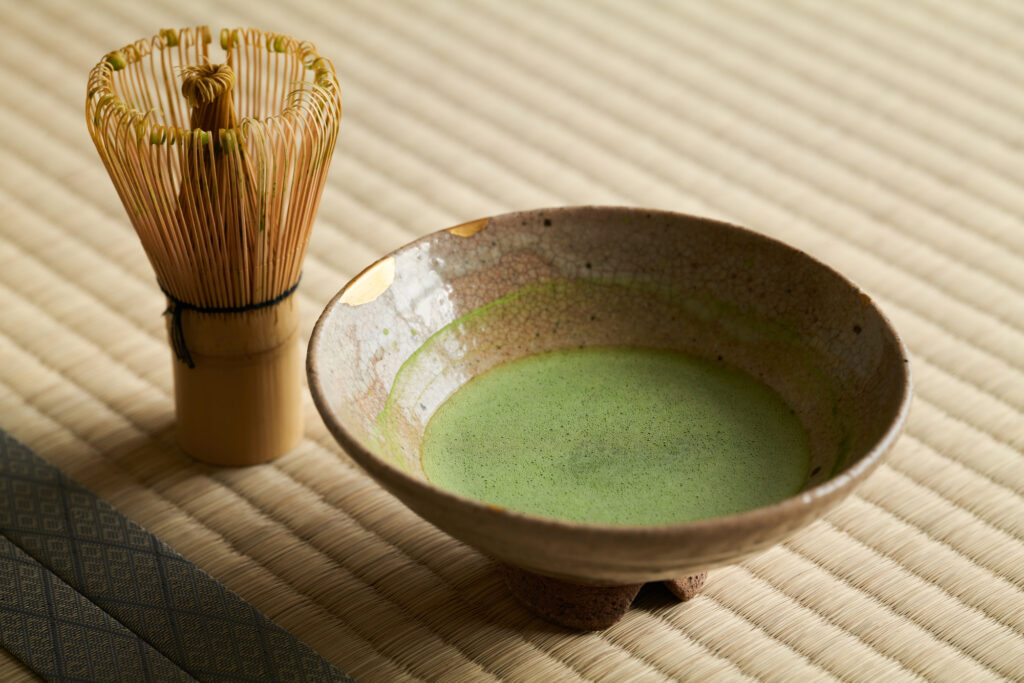
Furthermore, Uji matcha has distinctive stone milling methods. While typical matcha has a production yield of about 40g per hour, the highest grade Uji matcha is milled slowly and carefully at about 20g, preventing quality deterioration due to heat. This labor-intensive production method achieves Uji matcha’s vibrant green color and smooth texture, continuing to fascinate matcha enthusiasts worldwide.
Nishio Matcha and Shizuoka Matcha: Unknown Individuality and Utilization Methods
Characteristics and Appeal of Nishio Matcha
Nishio City in Aichi Prefecture is known as a famous matcha production region, second to Uji. The greatest characteristic of Nishio matcha is its smoothness and refreshing sweetness. The Nishio region is blessed with flat terrain and a mild climate, making it an environment where mist is less likely to occur, allowing moderate sunlight on the tea leaves. This environment produces matcha with controlled bitterness that is approachable even for beginners.
Nishio matcha is particularly characterized by a bright green color tone called “white,” and is popular as an ingredient for Japanese and Western confectioneries due to its beautiful color. In fact, Nishio matcha has a very high usage rate in the confectionery industry, reportedly accounting for about 40% of the market.
Individuality and Uses of Shizuoka Matcha
Meanwhile, Shizuoka Prefecture is known as Japan’s largest tea production region and has established its own position in matcha production as well. Shizuoka matcha is characterized by its somewhat rich taste and vibrant green color, with a strong aroma and depth.
Shizuoka’s climate is relatively mild with abundant rainfall, and this environment allows tea leaves to contain many amino acids, which are umami components. Therefore, the appeal of Shizuoka matcha is that it maintains its presence even when combined with other flavors, such as in cooking or ice cream. Shizuoka matcha is often preferred for matcha lattes and ice cream due to its strong flavor.
Differences in Utilization Methods by Region
Distinguishing matcha based on regional characteristics is the key to deeply enjoying matcha.
- Nishio Matcha: Ideal for Japanese and Western confectioneries, leveraging its smoothness. Especially suitable for delicate sweets like roll cakes and macarons.
- Shizuoka Matcha: Excellent compatibility with dairy products such as ice cream and matcha lattes, utilizing its rich taste. Also easy to use in dishes like pasta and risotto.
Choosing matcha production regions based on your mood or purpose is one way to enjoy it. By knowing the characteristics of matcha nurtured in each region—Uji, Nishio, and Shizuoka—the world of matcha expands, enabling a deeper exploration of taste.
ピックアップ記事
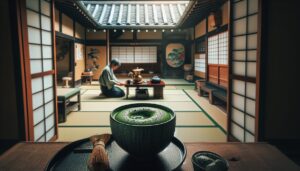
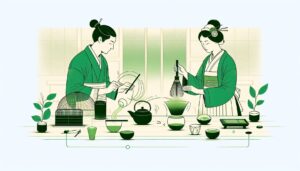
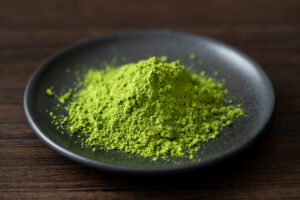
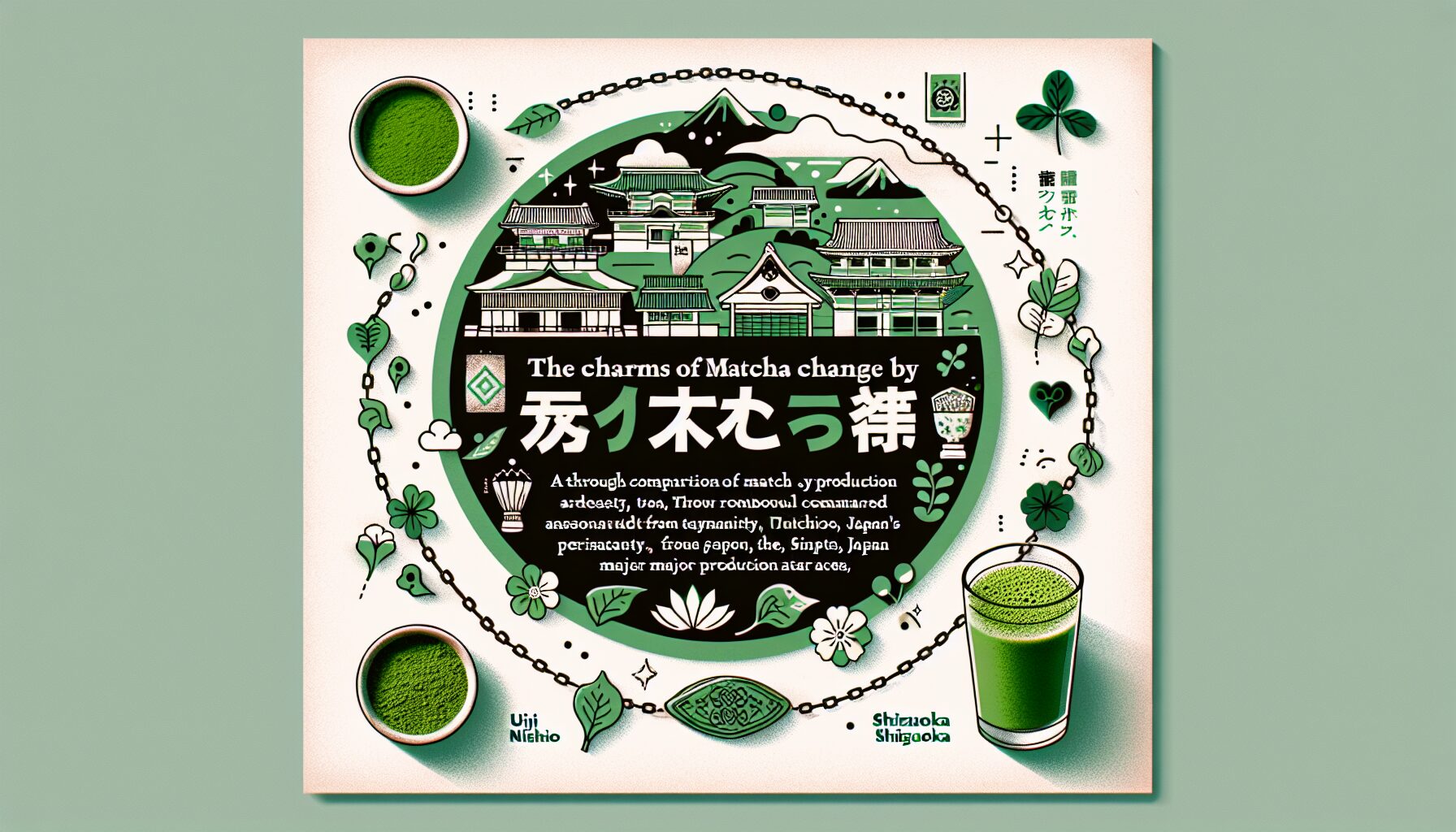

Comments